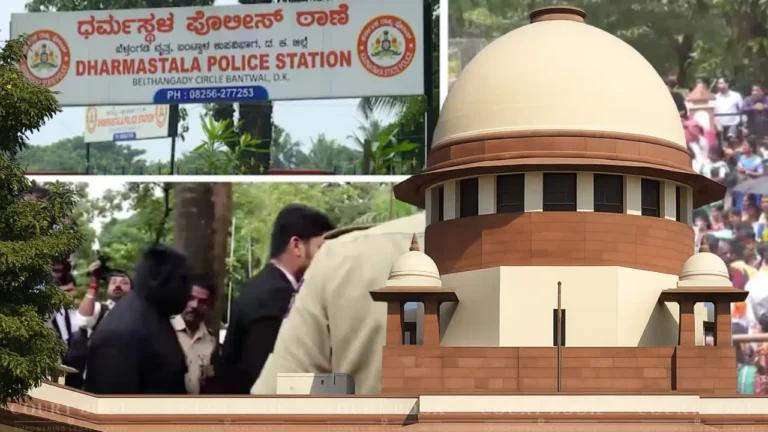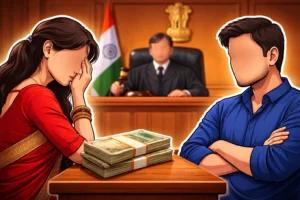On July 23, the Supreme Court refused to entertain a petition challenging an ex-parte media gag order issued by a Bengaluru court. The order restricted publication or circulation of any defamatory content related to the Sri Manjunathaswamy Temple in Dharmasthala, Karnataka, and its managing family, in connection with the controversial Dharmasthala Burial case.
The petition was filed by the YouTube channel Third Eye, and the matter was mentioned before a bench headed by Chief Justice of India (CJI) BR Gavai, along with Justices K Vinod Chandran and Joymalya Bagchi.
“This is against an ex-parte gag order passed in just three hours, covering 390 media houses and directing the removal of nearly 9,000 links,” argued the counsel representing Third Eye.
Read also: “A Cow is a Cow” – Supreme Court Rejects Plea for Use of Only Indigenous Cow Milk at Tirumala Temple
He also pointed out that the gag order was passed despite a Special Investigation Team (SIT) constituted by the Karnataka government, involving DIG-level officers, being active in the case.
However, the Supreme Court refused to intervene directly, stating that the matter should be taken up first before the High Court.
CJI BR Gavai stated, “We cannot discourage the High Courts.”
The Bengaluru City Civil & Sessions Court (Addl. Judge X) passed the media restriction order on July 18, based on a suit filed by Harshendra Kumar D, the brother of Dharmadhikari Veerendra Heggade of the Dharmasthala temple.
Read also: Supreme Court Directs Isha Foundation and Nakkheeran to Approach Delhi High Court
The injunction order restrained the publishing, uploading, telecasting, forwarding, or transmitting of any allegedly defamatory content against:
- Harshendra Kumar D
- His family members
- Institutions managed by them
- The Sri Manjunathaswamy Temple, Dharmasthala
This restriction applied across all forms of media, including digital platforms, YouTube channels, social media, and print publications.
The court also passed a "John Doe" order, instructing that all such content be deleted or de-indexed, even if specific parties were not named.
Read also: Supreme Court Dismisses PIL Against Political Parties Using Tricolour-Themed Flags With Symbols
Background of the Controversy
The core issue arises from an FIR filed after a sanitation worker claimed he was forced to bury the bodies of women and children between 1995 and 2014 in Dharmasthala.
The petitioner, Third Eye YouTube channel, alleges that the plaintiffs abused the judicial process and obtained the gag order by withholding key facts. The plea says the order blocks public awareness of an ongoing state-level investigation and restricts the freedom of the press.
“It is a frontal assault on the freedom of speech and press,” the plea states.
The petitioner claims that the FIR includes complaints that clearly name the temple administration and the plaintiffs. Yet, in court, the plaintiffs falsely stated that no such allegations existed.
It is also noted that the plaintiffs listed 8,842 URLs for deletion, and the court issued a blanket gag order within hours of the plaint being submitted.
Case Title: Third Eye YouTube Channel v. Sri Harshendra Kumar D & Ors.














